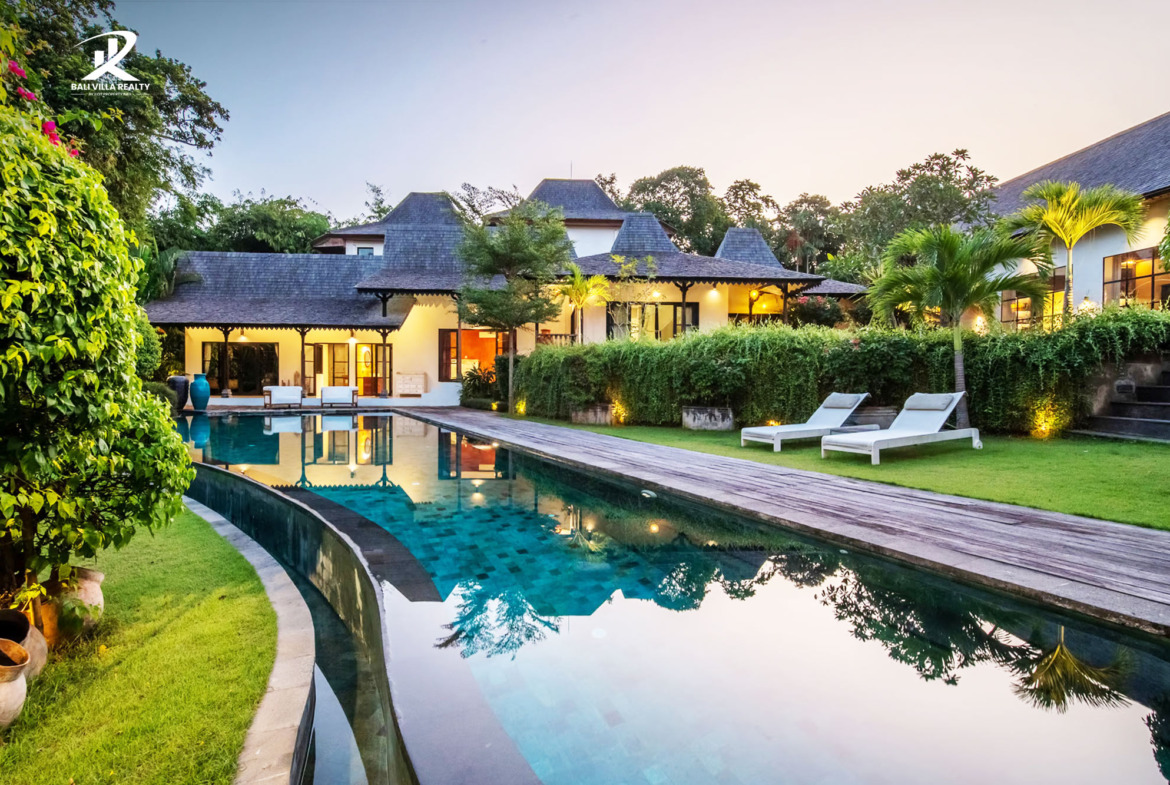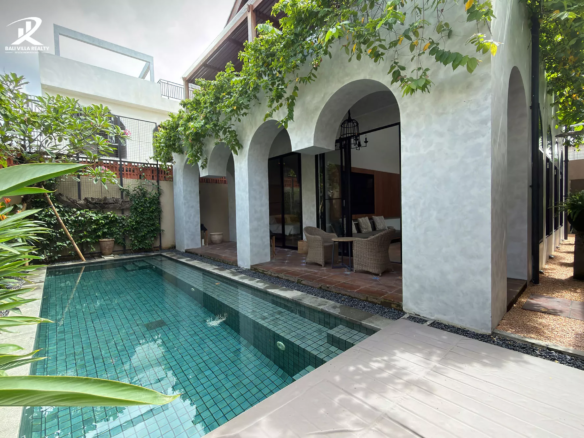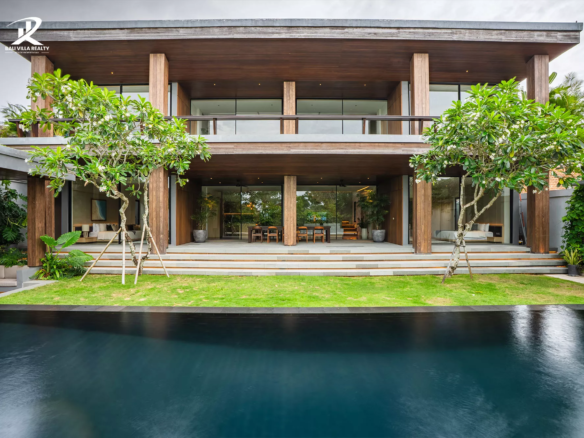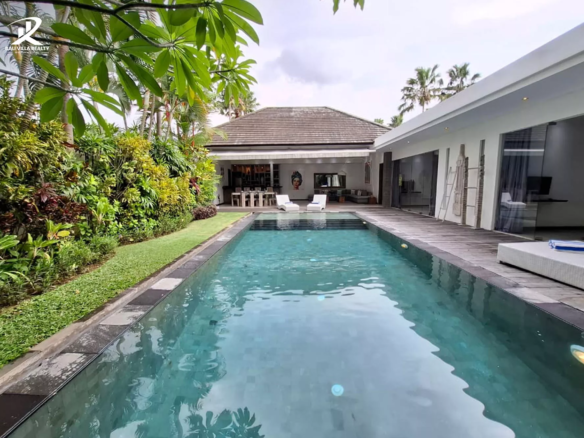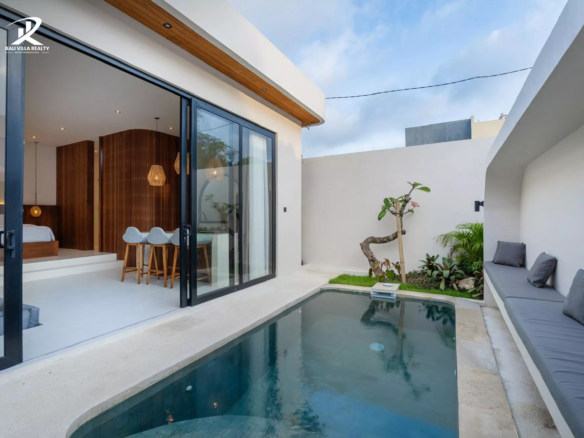Are you thinking about buying a villa in Bali? Great choice! But before anything else, you need to find the right location for your investment.
A property that looks nice or comes at a low price isn’t enough. To make sure your investment grows and gives strong returns, location is key.
Why? Because every area in Bali offers different opportunities and ROI.
In this guide, we’ll walk you through the most important factors to help you choose the perfect location for your villa investment. Let’s dive in!
Contents
Key Takeaways
- A well-placed property can deliver stronger ROI, attract higher-value renters, and appreciate over time.
- When choosing where to invest, focus on areas with strong and consistent tourism demand.
- Pick a location based on your investment goals. For short-term rentals, consider busy tourist spots like Canggu, Seminyak, or Uluwatu. For long-term growth, look at Ubud, Jimbaran, or other emerging areas.
- Don’t overlook emerging markets. Investing early in developing areas often means buying at a lower cost and gaining from future demand.
Explore Top Deals: Available Bali Villa For Sale - Leasehold and Freehold!
1. Define Your Investment Goal
Always pick a location based on your investment goals. Why? Because each area of Bali offers different opportunities:
- Short-Term Rentals: Choose busy tourist spots like Canggu, Seminyak, or Uluwatu for steady income.
- Long-Term Growth: Look at Ubud or up-and-coming areas with new projects and rising popularity.
- Lifestyle Choice: Pick a place you’ll love too, like the calm nature in Ubud or the quiet beaches of Jimbaran.
Read More: How to Buy Land in Bali as a Foreigner: A Complete Guide
2. Research Key Location Factors
Bali's tourism market is one of the key drivers of its real estate market. When considering where to invest, look at areas with strong and consistent tourism demand:
- Tourism Demand: Pick areas with steady visitor traffic—this directly impacts your rental income.
- Close to Attractions: Villas near beaches, restaurants, and cultural hotspots always stay in higher demand.
- Infrastructure & Amenities: Good roads, reliable electricity, fast internet, and easy access to shops and cafés all boost property value.
- Accessibility: Look for places with good roads and proximity to conveniences, especially if you’re targeting a high-end or frequent renter market.
- Niche Appeal: Don’t ignore hidden gems or emerging areas. Uluwatu attracts surfers, while North Bali appeals to travelers looking for peace and nature.
3. Look for Development and Growth Potential
One key factor many investors miss is a location’s future growth.
Some parts of Bali are already mature markets and come with premium prices. But emerging areas still offer room for growth and attractive entry points.
For example, places like Pererenan and Tabanan (including Kedungu) are gaining attention from buyers who want peaceful surroundings while still enjoying Bali’s lifestyle.
Getting in early has clear advantages:
- Investing in a property before the area fully develops could yield high returns as prices rise with the growing demand.
- Early investment in the developing areas could mean purchasing at a lower cost and profiting from future demand.
Read More: Invest in Umalas Villas: What You Need to Know
4. Estimate the Rental Yields and ROI
Areas with strong tourism and expat communities tend to have higher rental yields and better ROI.
Seminyak and Canggu are known to generate rental yields of 12-15% per year, making them two of the most attractive investment spots.
But don’t overlook areas like Ubud or Sanur, where the slower pace may appeal to families or retirees and offer stable, long-term rental returns.
Knowing an area's potential rental income helps determine whether you’re making a sound financial decision.
Read More: Rental Yield vs. ROI: What’s the Difference (and Why It Matters)?
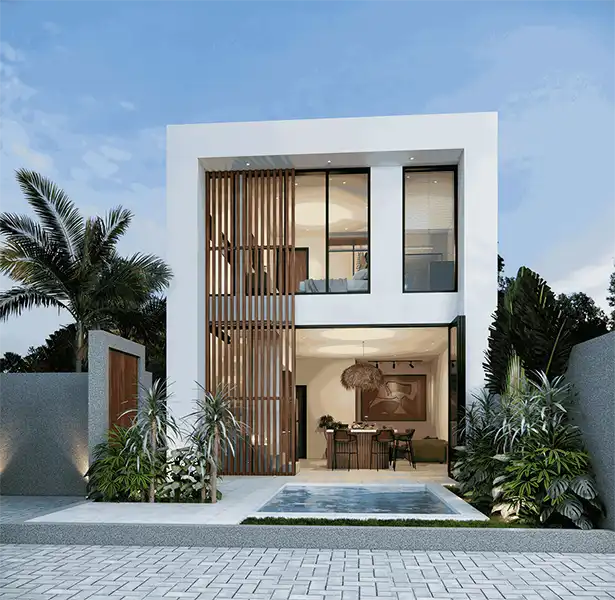
Get a Customized Investment Plan in Bali
With over 15+ years in the market, here’s what we can do for you:
- Find the best location to invest in Bali.
- Reliable guidance on Bali’s property market and laws.
- Personalized strategy to maximize returns and meet your financial goals.
5. Check the Zoning Regulations
Land zoning is critical in Bali, especially for foreigners. Building in the wrong zone could lead to complications, fines, or even property demolition.
That’s why it’s important to make sure the land is zoned for the type of property you want to build, whether residential, commercial, or tourism-related. There are:
- Green zones where building is not permitted
- Yellow zones for residential purposes and
- Red zones for commercial use.
Foreigners often rely on leasehold agreements, so you must know if the land use aligns with your investment plans.
For more information on land zoning and which zone brings in the most money, check out our recent post here.
6. Respect Cultural and Environmental Factors

Bali isn’t just about beautiful villas—it’s an island with deep cultural roots and a fragile natural environment.
As an investor, it’s important to respect Balinese customs and make sure your villa project aligns with community guidelines. This not only avoids problems but also builds long-term harmony with the local environment and people.
Things you need to remember:
- Some areas are protected because of their cultural or environmental importance.
- A location may look perfect on paper, but local traditions or restrictions can limit what you can build.
- Places like Ubud and Uluwatu show how culture and nature strongly influence property development.
Read More: Is Bali a Safe Place to Live? 5 Tips for Risk-Free Villa Purchase in Bali
Why Choosing a Location Matters
In Bali, there are plenty of villas to choose from—but not every location gives the same return on investment. A beautiful villa in the wrong area may struggle to bring in rental income.
On the other hand, a well-placed property can:
- Deliver stronger returns
- Attract higher-value renters
- Increase in value over time
In a fast-moving market like Bali, choosing the right location is one of the smartest steps you can take for long-term success.
Conclusion: Investing in Bali isn't Just about Choosing a Villa
At the end of the day, investing in Bali is about making sure the location matches your goals:
- If you’re planning to run short-term rentals (like Airbnb) and want faster returns, it’s best to look at busy areas such as Canggu, Seminyak, or Uluwatu.
- For long-term rentals, locations like Ubud, Jimbaran, or other up-and-coming areas are often the better choice.
No matter where you decide, always consider tourism demand, infrastructure, zoning rules, and cultural factors.
We know it can feel like a lot to figure out. But here’s the good news: you don’t have to do it alone. Bali Villa Realty by Ilot is here to guide you for free.
If you have any questions, or simply want to discover today’s best villa deals on the market, book a free, no-obligation session with our expert agents here.
Want to start investing in Bali property?
Have a quick chat with our real estate experts for personalized advice on your Bali investments. No commitment required.
FAQ
1. Which is the best area to live in Bali?
Kuta and Legian are considered among the best areas to live. They feature charming Balinese-style villas with lush gardens and are also top tourist destinations.
2. Is buying property in Bali a good investment?
Yes. Our data shows that smaller villas in Bali often deliver rental yields of 8–10% along with steady appreciation.
3. Where is the best place to retire in Bali?
- Sanur: A quiet coastal town with a scenic beachside boardwalk, ideal for a laid-back lifestyle.
- Candidasa: A peaceful village that’s long been a favorite among retirees.
- Canggu: A lively area with excellent amenities, perfect for those wanting a more active retirement.
4. Where do rich locals live in Bali?
Wealthy Balinese residents are spread across various upscale areas: Canggu, Seminyak, Uluwatu, Ubud, Jimbaran, or Nusa Dua.
5. What is the cheapest city to live in Bali?
Areas beyond Ubud or Seminyak, as well as smaller towns and villages in North and East Bali, tend to offer lower living costs compared to the island’s busier hotspots.

